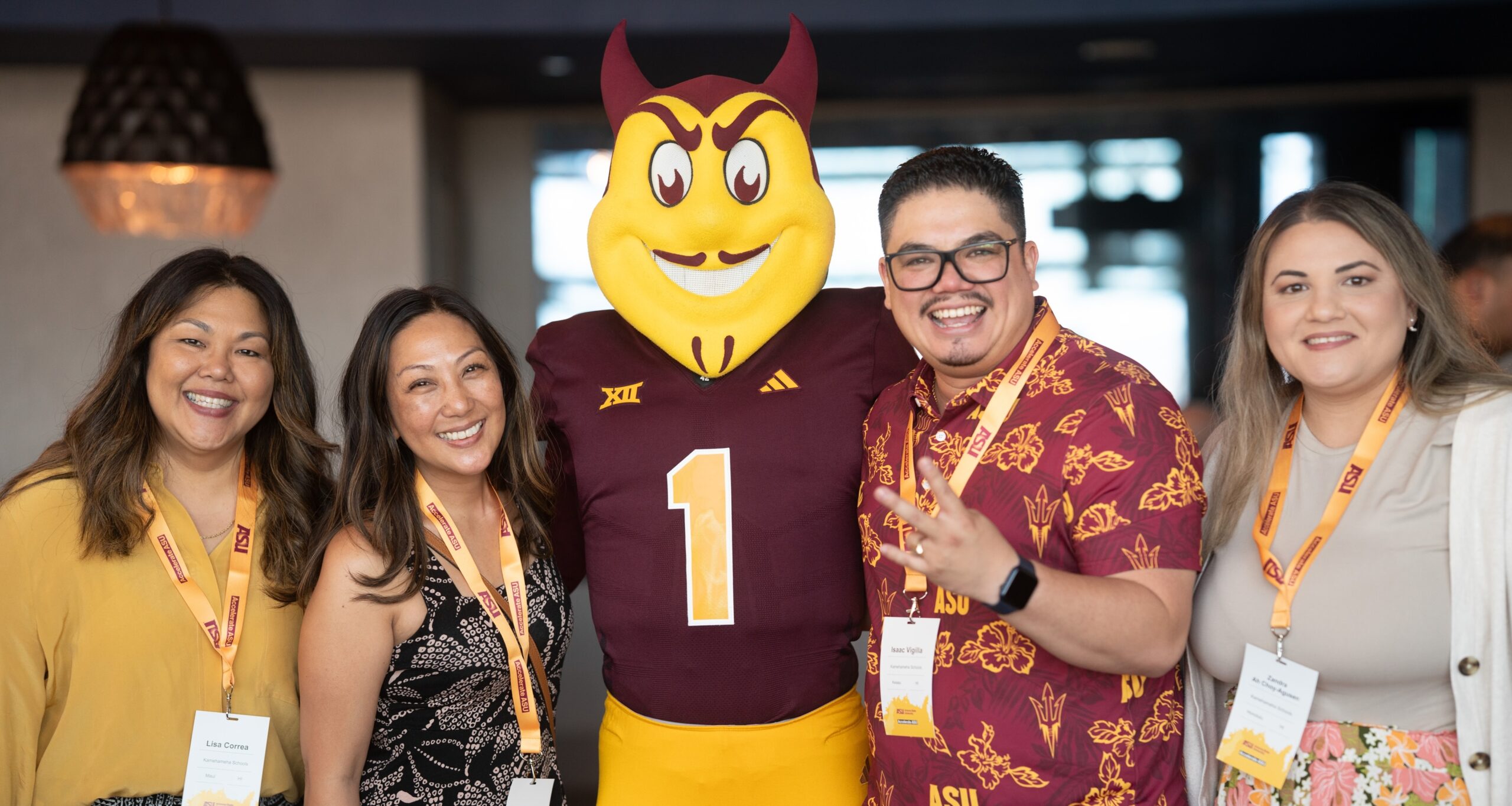Accelerate ASU brings together educators to expand equitable access to college credit

At inaugural Accelerate ASU Partner Conference, schools share how students are earning college credit with fewer barriers
Dual enrollment is reshaping what’s possible in high school education—making college credit a realistic goal for more students, earlier in their academic journeys. That mission brought more than 100 school leaders, counselors and educators to Tempe for the first Accelerate ASU Partner Conference, hosted by Arizona State University.
Held June 17–18, the event focused on a shared vision: making early college credit more accessible, flexible and impactful for students from all backgrounds. Attendees exchanged advising strategies, accountability models and scheduling solutions to embed Universal Learner Courses (ULCs) into the school day—allowing more students to succeed in rigorous coursework with support.
Leaders from Gentry High School (Arkansas), Agua Fria Union High School District (Arizona) and the Archdiocese of Los Angeles shared how they’ve integrated ULCs into their strategic plans, restructured support models and increased student success rates. Educators emphasized the value of early exposure, community and flexibility. From Kamehameha Schools in Hawaiʻi to ASU Prep Digital, participants discussed building stronger pipelines, starting in 9th grade, that normalize dual enrollment and prepare students for long-term success.
The event also previewed new course offerings in development, including an “Introduction to Global Affairs” course with the Council on Foreign Relations, plus programs in AI, conservation and cybersecurity. These expansions reflect ASU’s ongoing effort to align coursework with workforce needs.
As the conference concluded, schools walked away with renewed momentum to expand dual enrollment in ways that support student success—not just in earning credit, but in building belonging, purpose and confidence in higher education.